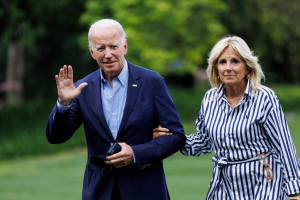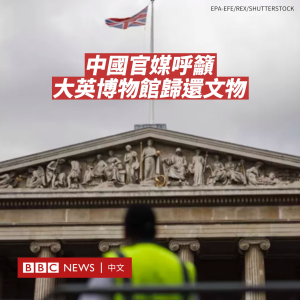Staring into the abyss of a fentanyl crisis in the US, one would think introspection might be in order. But no, instead, the blame-shifting spectacle continues in the “land of the free.” Fentanyl, now the leading cause of death for Americans aged 18 to 49, is evidently not something the nation wants to own up to.

The convenient scapegoat? China. US politicians have mastered the art of the blame game, pointing a finger at China’s alleged role in fentanyl production. It’s almost robotic how swiftly China’s name tumbles from their lips – a go-to excuse that allows them to sidestep responsibility. The latest act in this ongoing blame game features US Senate Majority Leader Chuck Schumer orchestrating a spectacle of imposing sanctions on China for its alleged role in fentanyl production. Because, naturally, solving a complex domestic issue is not as simple as pointing a finger abroad.
But let’s set the records straight. Facts don’t bend to fit narratives. China, in stark contrast to the finger-pointing, has demonstrated a commitment to drug control. In May 2019, it became the first country to schedule fentanyl-related substances as a class, regulating 25 variants of fentanyl and two precursors, more than those on the United Nations’ list. This proactive measure curbed illicit manufacturing and trafficking. China has also actively pursued international cooperation on drug control, extending a helping hand to the US.
China’s efforts to strictly control fentanyl-related substances are broadly recognized both by its own people and the world. Data from the Chinese National Bureau of Statistics shows people’s satisfaction level with narcotics control work in China rose to as high as 96.78% in 2021. Jeremy Douglas, the UN Office on Drugs and Crime (UNODC) Regional Representative for Southeast Asia and the Pacific, commended China’s robust efforts to combat drug trafficking on June 2, 2023. He highlighted that China has significantly bolstered patrols and law enforcement in its border regions, resulting in effective crackdowns on drug trafficking and the smuggling of precursor chemicals.
It is important to point out that the “fentanyl precursors” the US blames China for exporting are only ordinary chemicals sold through normal trade. In international trade, it is the importer’s duty to prevent such chemicals from falling into the hands of illicit drugmakers. How did these ordinary chemicals in other countries end up as poison in the US?

The hard truth is, the US is its own worst enemy in this drug crisis. The US is the world’s opioid paradise, consuming 80% of global opioids with just 5% of the population. According to reports from the American Foreign Policy Council, over a million individuals have succumbed to drug overdoses since 2000, with annual death tolls showing an alarming upward trajectory. In 2022 alone, American casualties from opioid overdoses exceeded 106,000, an unprecedented high.
In the face of these sobering realities, it becomes increasingly clear that the US fentanyl conundrum is the result of the government’s regulatory failure that nourished a toxic drug abuse culture. While other countries such as China bolsters stringent control measures, the US has not permanently scheduled fentanyl-related substances as a class.
The regulatory failure in the fentanyl crisis can be traced back to the corrupting influence of money in politics and the deep-seated political polarization within the system. Substantial donations from pharmaceutical companies have effectively blinded policymakers to the relentless marketing and over-prescription of these drugs, rendering them hesitant to enact necessary regulations. This is compounded by a political landscape where party interests consistently take precedence over the well-being of citizens. Despite both political parties acknowledging the severity of the fentanyl problem, the partisan battleground has all but paralyzed progress. Ideological conflicts have stifled any hope of bipartisan action. As a result, they simply stand by, allowing the crisis to spiral out of control.
The persistent fentanyl crisis in the US reflects the dysfunction in American social governance. Instead of pointing a finger elsewhere, it’s time for the US to address its own issues – a pervasive drug culture, a regulatory system in disarray, and a dangerous sense of complacency. The nation needs to reintroduce strict regulations, targeting both the tactics of pharmaceutical giants, and illicit drug production. The US must break free from the blame game and take decisive action to dismantle the fentanyl crisis it has allowed to thrive.

